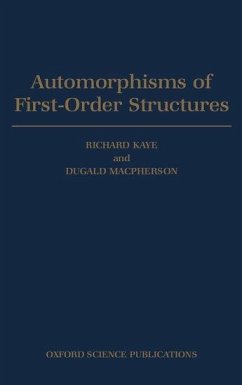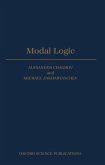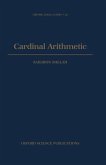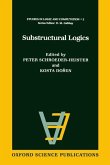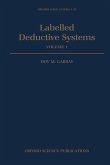This book is a collection of articles, some introductory, some extended surveys, and some containing previously unpublished research, on a range of topics linking infinite permutation group theory and model theory. Topics covered include: oligomorphic permutation groups and omega-categorical structures; totally categorical structures and covers; automorphism groups of recursively saturated structures; Jordan groups; Hrushovski's constructions of pseudoplanes; permutation groups of finite Morley rank; applications of permutation group theory to models of set theory without the axiom of choice. There are introductory chapters by the editors on general model theory and permutation theory, recursively saturated structures, and on groups of finite Morley rank. The book is almost self-contained, and should be useful to both a beginning postgraduate student meeting the subject for the first time, and to an active researcher from either of the two main fields looking for an overview of the subject.
This superb survey of the study of mathematical structures details how both model theoretic methods and permutation theoretic methods are useful in describing such structures. In addition, the book provides an introduction to current research concerning the connections between model theory and permutation group theory. Comprised of a collection of articles--some introductory, some more in-depth, and some containing previously unpublished research--the book will prove invaluable to graduate students meeting the subject for the first time as well as to active researchers studying mathematical logic and permutation group theory.
This superb survey of the study of mathematical structures details how both model theoretic methods and permutation theoretic methods are useful in describing such structures. In addition, the book provides an introduction to current research concerning the connections between model theory and permutation group theory. Comprised of a collection of articles--some introductory, some more in-depth, and some containing previously unpublished research--the book will prove invaluable to graduate students meeting the subject for the first time as well as to active researchers studying mathematical logic and permutation group theory.

